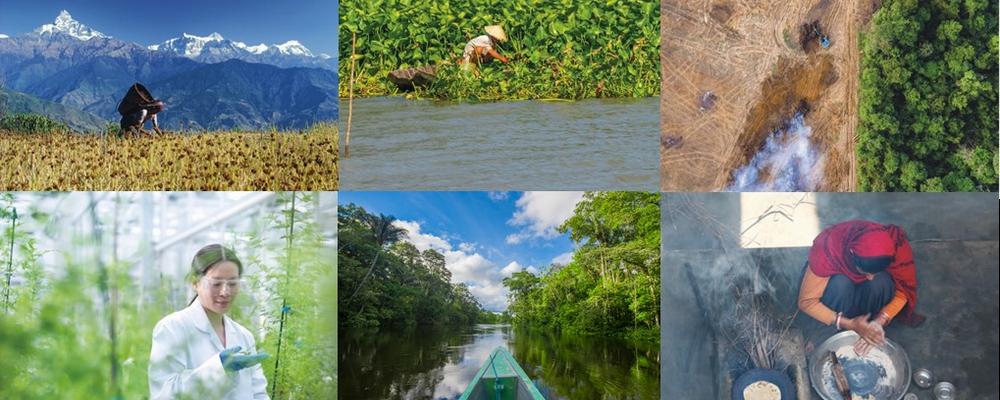Plants and fungi are building blocks of life on earth. Ignoring their potential can cost humans their planet, according to the report, in which 210 researchers from 42 countries are participating. The new studies show how plants and fungi are used today and point to how we could and should be using them – but are not doing so – and what humanity risks losing as a result.
“We have become dependent on far too few species. At a time of rapid loss of biodiversity, this means we fail to gain access to the treasure chest that biodiversity offers and that can save us and future generations,” says Alexandre Antonelli, director of science at Royal Botanic Gardens, Kew, and a professor at the University of Gothenburg.
The importance of trees in cities of the future
Henrik Sjöman, the scientific curator at the Botanical Garden in Gothenburg, co-authored the report. He notes the importance of having trees and shrubs in cities.
“But we need to become better at determining which species have the characteristics needed to successfully develop in a future climate and at the same time deliver the ecosystem services we will need,” says Sjöman.
He underscores the importance of universities, botanical gardens, nurseries and suppliers working together to produce the best possible quality of the trees sold and used.
Need to counter three major threats
The report provides a picture of a world that has turned its back on the potential of plants and fungi to tackle fundamental global issues like food security and climate change. For example, 723 of the plants used for medicine are at risk of extinction.
Data from the 12 scientific articles (published today in the open access journal Plants, People, Planet) form the basis of the report. They represent the first time a joint global assessment has been made of the status of the earth’s plants and fungi.
“As we soon begin the most critical decade our planet has ever faced, we hope that this report will provide the facts needed to demand nature-based solutions that can address the triple threats: climate change, biodiversity loss and future food shortages for a growing population,” says Professor Alexandre Antonelli.
Thousands of plants have potential as food and energy sources
New data also show that we use only a fraction of existing species for food and fuel; at the same time, almost 40 per cent of these plants are endangered.
As a result, humans depend on a small number of crops, even though thousands of species in nature have the potential to become food and provide us with energy. Only 15 plants account for no less than 90 per cent of the energy intake of food. And four billion people are completely dependent on three crops: rice, corn and wheat.
Six crops (corn, sugar cane, soybeans, palm oil, rapeseed and wheat) currently generate 80 per cent of global industrial biofuel. On the other hand, as many as 2,500 plants identified in the report can be used for fuel or bioenergy.
The authors of the report also emphasise the need to accelerate the identification of species.
“There is a pressing need to both identify and protect species before they disappear,” says Antonelli.
Many new species were identified in 2019
The authors of the report found that science identified 1,942 new plants and 1,886 fungi in 2019. These include species that can be valuable as food, drink, medicine or fibre.
The authors of the report also emphasise the need to accelerate the identification of species and list important points:
- It is a battle against time to find, identify, name and conserve species before they become extinct.
- Planted urban trees need to be able to withstand global changes for centuries, but the current lack of diversity makes them vulnerable to drought, pests and diseases.
- Beekeeping in large cities is unsustainable. New information in this year’s report shows that current beekeeping in large cities threatens other biological diversity, mainly wild bees.
For the first time this landmark report combines plants and fungi in a global assessment of the state of the world, and the underlying data are also being published in a series of scientific research documents freely available in the leading journal Plants, People, Planet.
Read more (in Swedish) about trees in the city here:
https://www.botaniska.se/samlingar-forskning/aktuellt/olika-trads-formaga-att-paverka-utomhusklimatet-i-stader/
Photo: belongs to Alexandre Antonelli.
